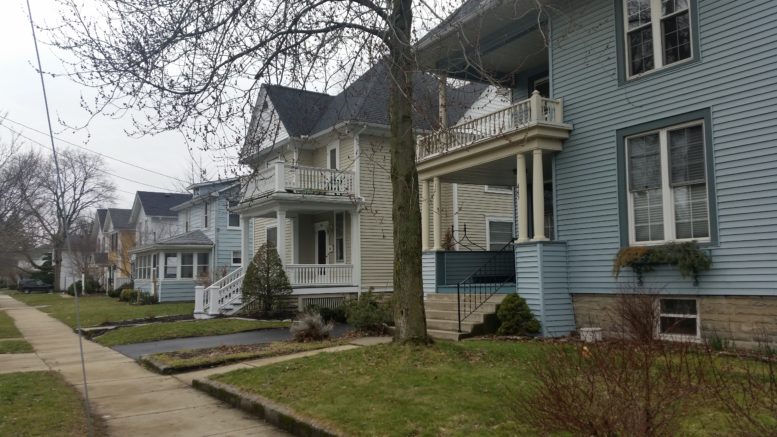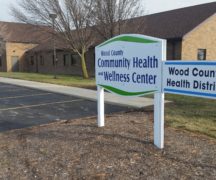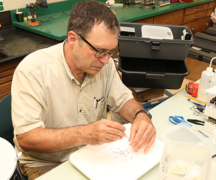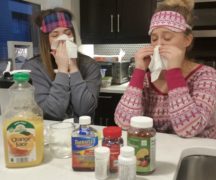By JAN LARSON McLAUGHLIN
BG Independent News
A housing survey in Bowling Green has found 795 primary deficiencies among homes – a 26 percent increase since the last survey five years ago.
The deficiencies included such problems as faulty roofs, chimneys or foundations.
The housing survey is performed every five years by the Wood County Health District. A sanitarian, Julie Nye, viewed each home in the city in 2016.
“She walked past every one of the houses in Bowling Green,” Health District Environmental Director Lana Glore said of Nye.
“I don’t think we found anything alarming,” Glore reported Monday evening to Bowling Green City Council.
However, the survey showed that while the number of houses barely grew in the city, the number of deficiencies saw greater increases.
That is probably to be expected, said council member Bob McOmber.
“Everything is five years older,” he said. “I’m not surprised.”
Each home was surveyed based on 14 primary and 10 non-primary categories.
Primary categories included: Roofs, siding conditions, stairs and railings, windows, foundations, driveways, public walkways, chimneys, porches, doors, accessory structures, soffits and roof edging, private walks, and exterior sanitation.
The non-primary categories included: Paint, attached garages, grading or draining, yard maintenance, siding type, gutters and downspouts, garage conditions, dumpsters, starlings and pigeons, and address present.
Homes found to be substandard in two or three primary categories were classified as “deficient.”
Homes found to be substandard in four or more primary categories were classified as “neglected.”
A total of 5,546 homes were surveyed, with 795 having primary deficiencies. Those classified as “deficient” included 130 homes. Those classified as “neglected” included seven homes. Nearly 89 percent of the homes surveyed had no deficiencies.
In the last five years, the total primary deficiencies increased from 628 to 795. The number of homes in the city increased slightly from 5,524 to 5,546.
Also during those five years, the number of “deficient” homes increased from 86 to 130. The total “neglected” homes remained at seven – though they were seven different homes than on the list in 2011, Glore said.
The most common primary deficiencies found involved problems with foundations (155), siding conditions (103), chimneys (100), porches (82), exterior sanitation (82), stairs and railings (76), and soffits and roof edges (64).
The most common non-primary deficiencies involved problems with paint (466), gutters (68), address postings (61), and garage conditions (43).
The housing survey divided the city into four quadrants, loosely based on the four wards. The percentage of homes with deficiencies was found to be greater in the first and second sections, on the east side of Main Street.
“It tells us where we want to go back to first and keep an eye on,” Glore said. “It gives us a real good idea of where to concentrate efforts.”
Glore said orders to correct deficiencies are sent to “neglected” homes, while reassessments are made of “deficient” homes. If the homeowners don’t respond to health district orders, the city prosecutor is asked to get involved, she said.
“People usually respond” to the orders, Glore said after Monday’s meeting. “We always try to be reasonable, but we realize this is somebody’s neighbor,” and that neighbor probably wants the neglected home to be improved.
The number of deficient and neglected homes spiked in 2006, when 295 homes were declared “deficient” and 34 were found to be “neglected.” Council discussed that the increase could have been due to more families having financial difficulties during that period.





